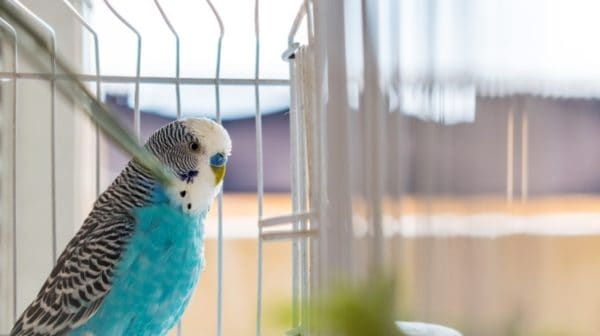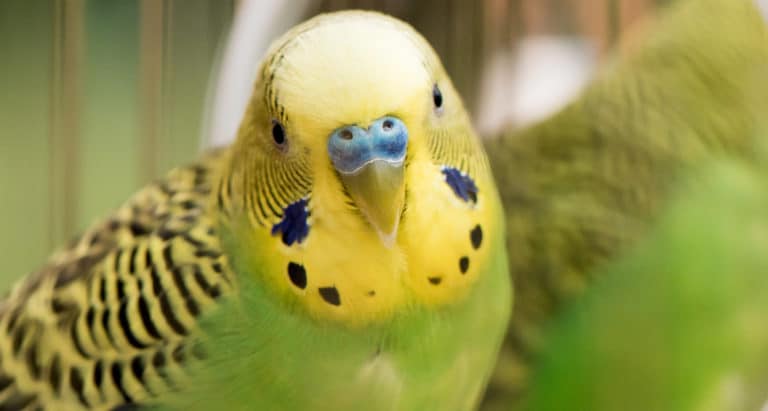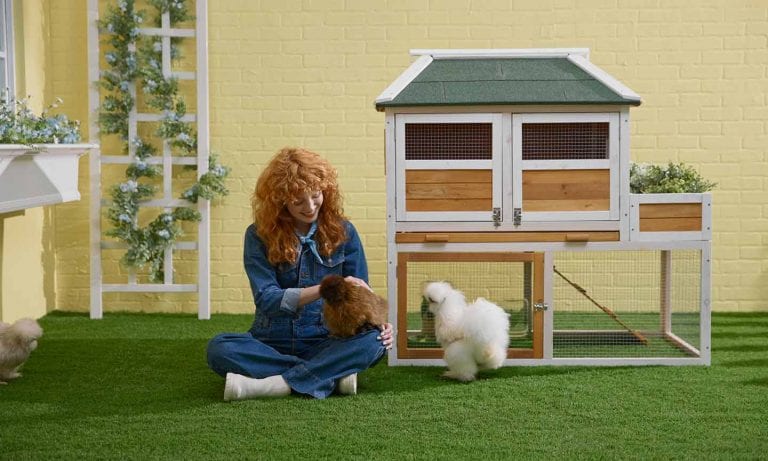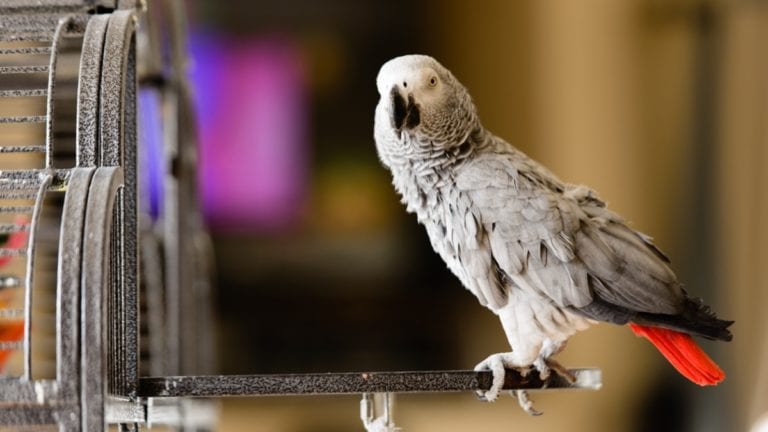Here’s a look at how fast baby budgies grow!
Some people breed birds because they somehow ended up with a pair. They provided the birds with a larger cage, hung up a nest box, and, down the road, became bird breeders. Just as often, bird enthusiasts take their love of birds to that deeper, more complicated level because they have made a conscious decision to go there. Once you make the decision to breed birds, there is still the question of exactly which birds to select to fill the aviary.
There are plenty of birds out there to choose from, some better choices than others. Many of the most popular birds are parrots, which are normally colorful, frequently noisy and usually lots of fun. However, finches and softbilled birds should not be overlooked. There are many species to choose from and several worthy of consideration even for newcomers to aviculture. One cautionary note — make sure you have good homes for the offspring if you don’t keep them yourself.
Here are five birds that are great to breed.
Budgies/Parakeets
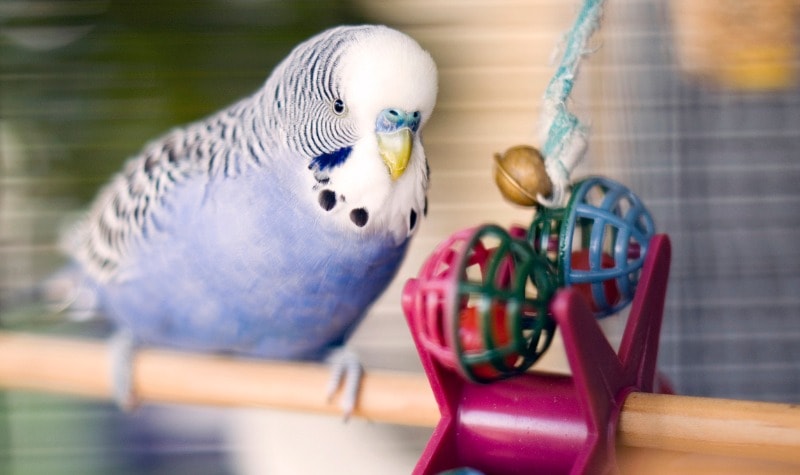
via iStock.com/oncewitakin
One of the all-time best birds to breed is the budgerigar (Melopsittacus undulatus), also known as the budgie or parakeet. These lovely little Australian birds have been the mainstay in the pet bird market for decades. They are an ideal bird for someone just starting out in bird ownership or bird breeding. They have enormous personality but are small enough to not be too noisy or deliver serious bites. Their normal vocalizations are pleasant chirps and chatter, and many males learn to speak.
Wild budgies are mainly yellow or green, but a number of color mutations have occurred in captivity.
Their size makes them ideal for indoor breeding conditions, even in small apartments; however they can also be bred in colonies.
They are primarily seed-eating birds and do not require or even thrive on a pelleted diet. A quality parakeet bird food along with fresh vegetables and dark, leafy greens make up the normal budgie diet. They are hardy birds but should not be kept in close proximity to other parrots, as they are known for carrying psittacosis. There has always been a market for pet budgies, and they are worth the investment.
Parrotlets
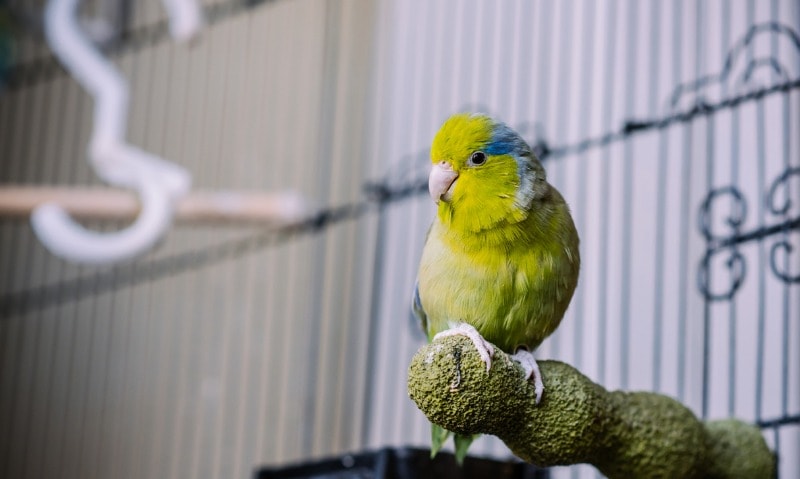
via iStock.com/Sisjoe
Parrotlets (Forpus spp.) are an excellent choice for those interested in the bird breeding business. These diminutive South American parrots continue to be one of the most popular birds in the United States.
According to Sandee Molenda, owner of the Parrotlet Ranch in California, parrotlets are more interesting, unique and often longer-lived than other small hookbills such as lovebirds or cockatiels.
They mature early and can often breed by the time they hit their first birthday. Although they typically produce multiple clutches of six to eight eggs, the hens still manage to feed all the chicks. Because of their size, parrotlet pairs can be set up in small bird cages, which make them ideal for apartments or houses lacking the space to accommodate larger species.
Parrotlets thrive on a quality seed mix, small pellets and a variety of fresh vegetables. Pacific parrotlets (Forpus coelestis) produce color mutations that are quite popular in the United States. Molenda stated there are new mutations “which, unlike budgies, lovebirds and cockatiels have less complicated genetic patterns.”
Only one is sex-linked, Molenda added. Although other parrotlet species and the normal Pacific parrotlets maintain their health when pellets are included in their diet, Molenda recommends eliminating pellets from the diets of the color mutation Pacifics as they might cause kidney problems.
Lovebirds
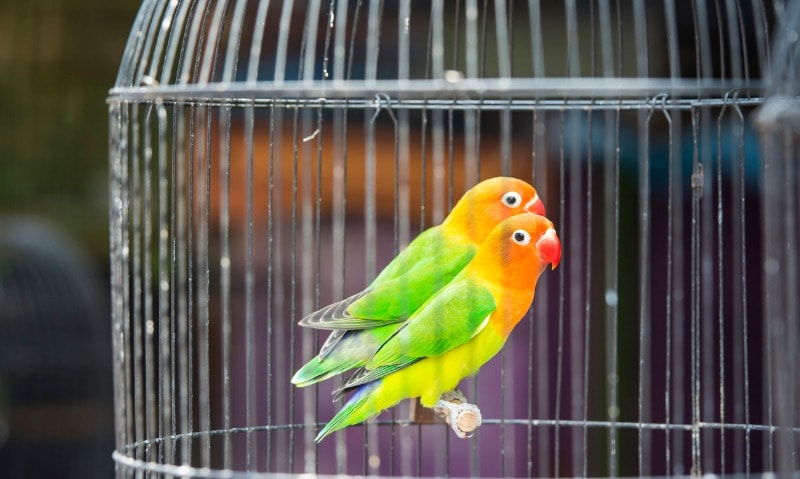
via iStock.com/guenterguni
Lovebirds (Agapornis spp.) are small parrots worth considering. Only slightly larger than parrotlets, they do not take up a great deal of space and breed easily. Their popularity on the show circuit is growing.
Lovebirds normally lay four to six eggs, which they incubate for 21 days. The chicks usually wean within eight weeks.
According to Wendy Edwards of North Carolina, the best diet for lovebirds is a combination of seed and pellets plus fresh vegetables, dark leafy greens and fruits should be offered daily.
“Although the name lovebird suggests that they should be kept in pairs, it is only necessary if you intend to breed these beauties. Pet lovebirds should be kept alone so they will bond with their owner,” Edwards said.
One of the drawbacks of lovebirds, especially if you have a number of them, is their constant chatter. While individually they are not loud, they talk among themselves incessantly and some find the din annoying. Of course, it doesn’t come close to comparing to a macaw or even a conure.
Cockatiels
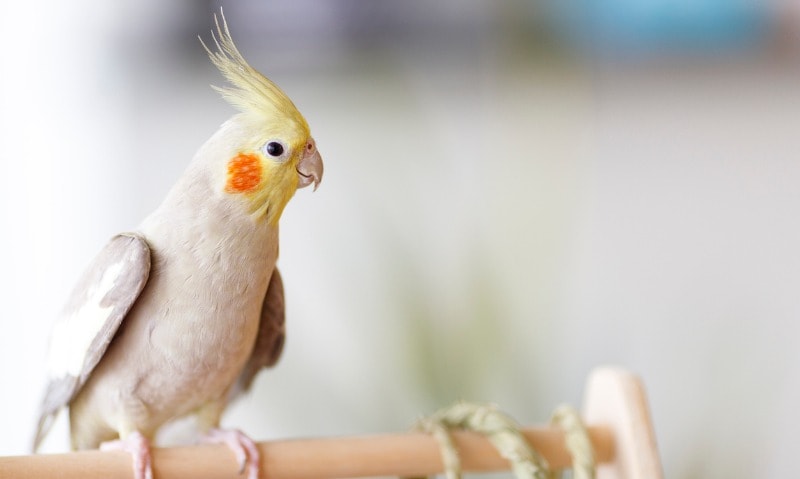
via iStock.com/bee32
Cockatiels (Nymphicus hollandicus) have long been one of the best small parrots to keep and breed. They are not the most colorful members of the parrot family, but their charming personalities and pleasant vocalizations make them one one of the most popular pet birds. Thus, demand for cockatiels remains high.
The numerous color mutations of cockatiels now available has only increased interest in these birds. Many cockatiel breeders inadvertently become well-versed in genetics. Cockatiels mature quickly and may start breeding at 1 year old.
Although larger cages are far more appropriate and desirable, cockatiels can be set up for breeding in cages 2 or 3 feet long. They can also be set up as a colony in a larger flight. A typical clutch includes four eggs; the hens usually do not start incubating until the second egg is laid.
Cockatiels breed prolifically and typically make good parents, feeding and caring for the chicks until they are removed for hand-feeding or sale.
Cockatiels do generate a fair amount of dust so air cleaners may be necessary if housed indoors. They are often considered one of the best “starter” birds for aviculturists.
Green-Cheeked Conures
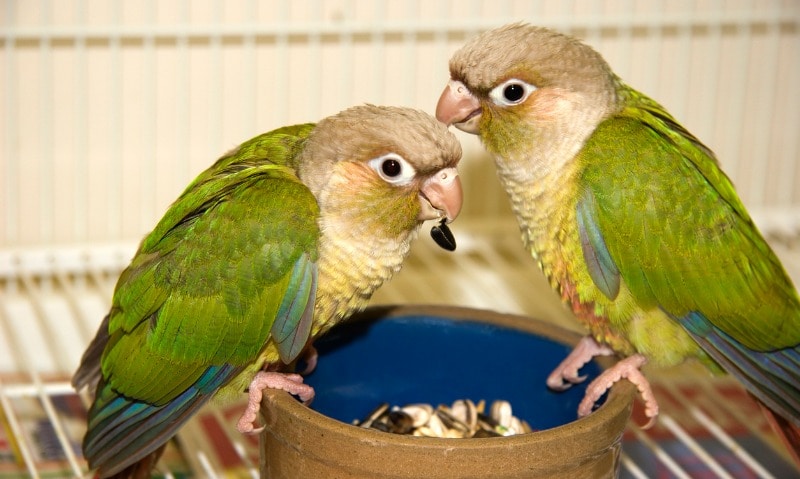
via iStock.com/JillLang
Green-cheeked conures (Pyrrhura molinae) are small, delightful birds whose popularity has remained steady through most changes in the avicultural marketplace. These South American parrots breed well in captivity, often laying several clutches of three to eight eggs each year.
They are quiet and small enough to be kept and bred indoors as well as outdoors. Your initial costs will not be as high as with some other species, because they are relatively inexpensive to acquire and take up little space. Several color mutations fuel continued interest in green cheeks, increasing their market value.
Green cheeks do not require a special diet and are generally hardy birds. Feed them a quality, small hookbill seed mix, pellets and a variety of fruits, vegetables and sprouted seeds.
Active and entertaining, these little birds are not especially loud making them more desirable to some pet bird owners. They are not, however, the most talented talkers, but they make up for the deficiency with massive personality.
Want to learn more about baby birds?
Posted by: Chewy Editorial
Featured Image: iStock.com/runorbs
Share:
